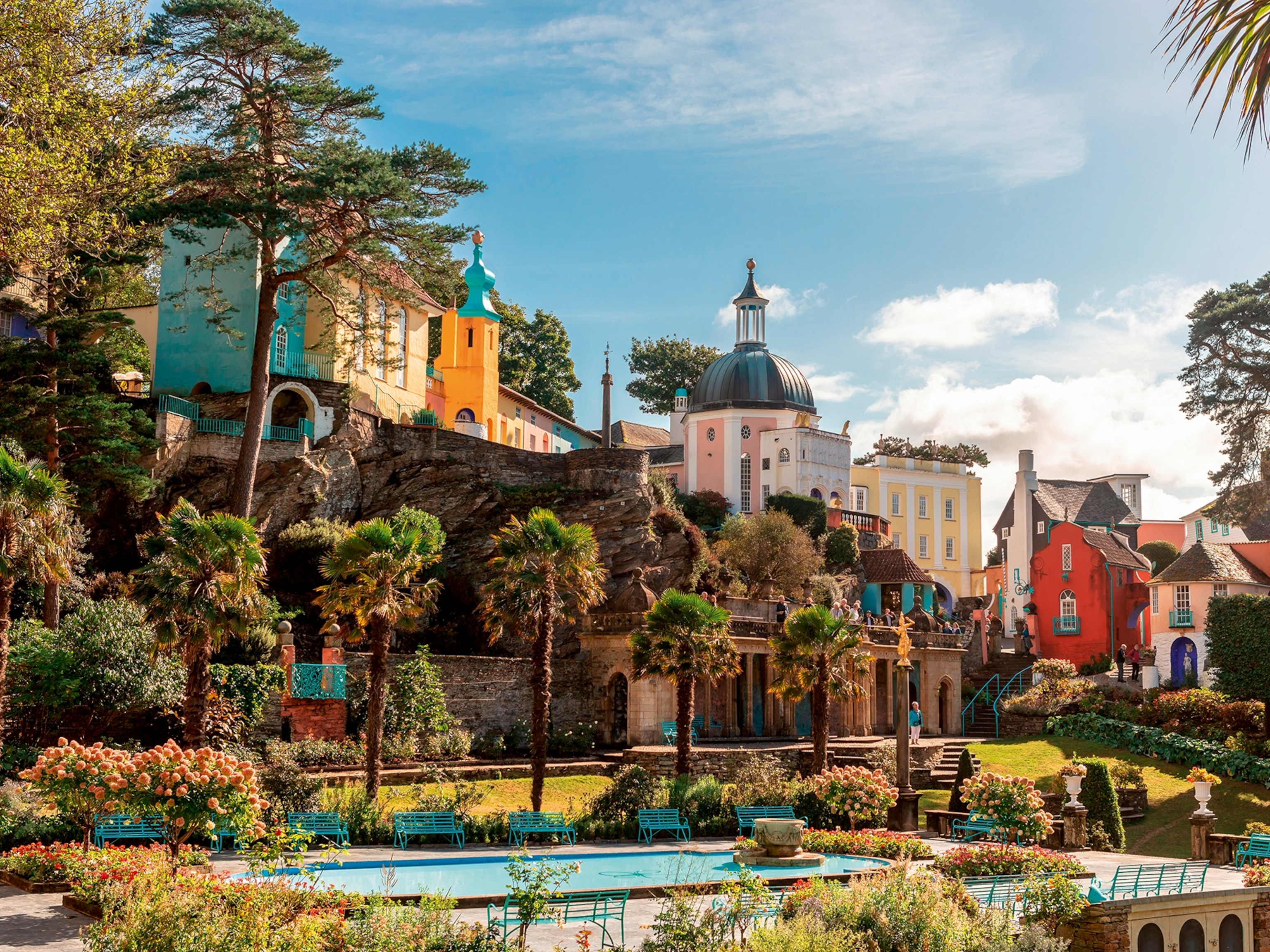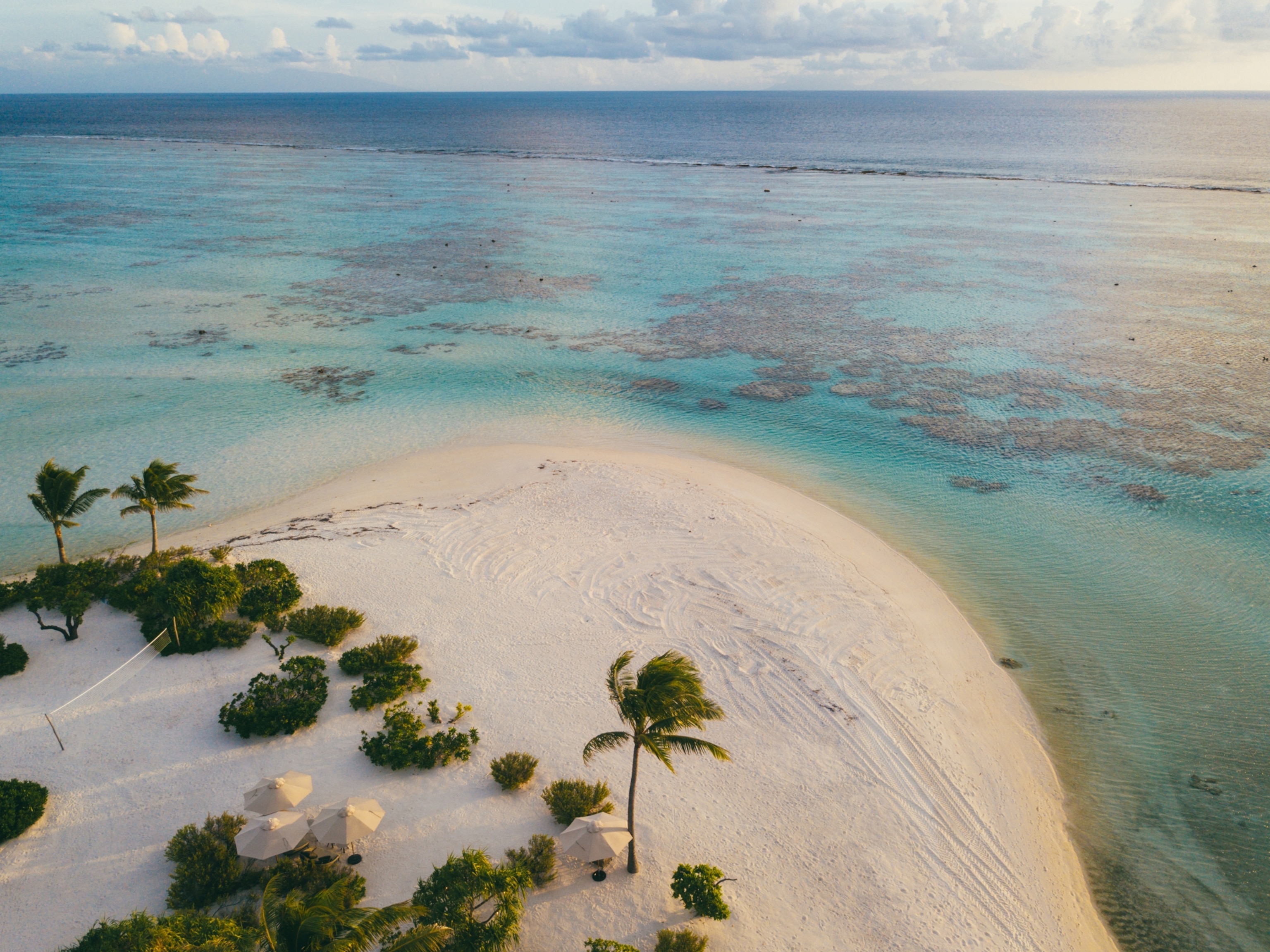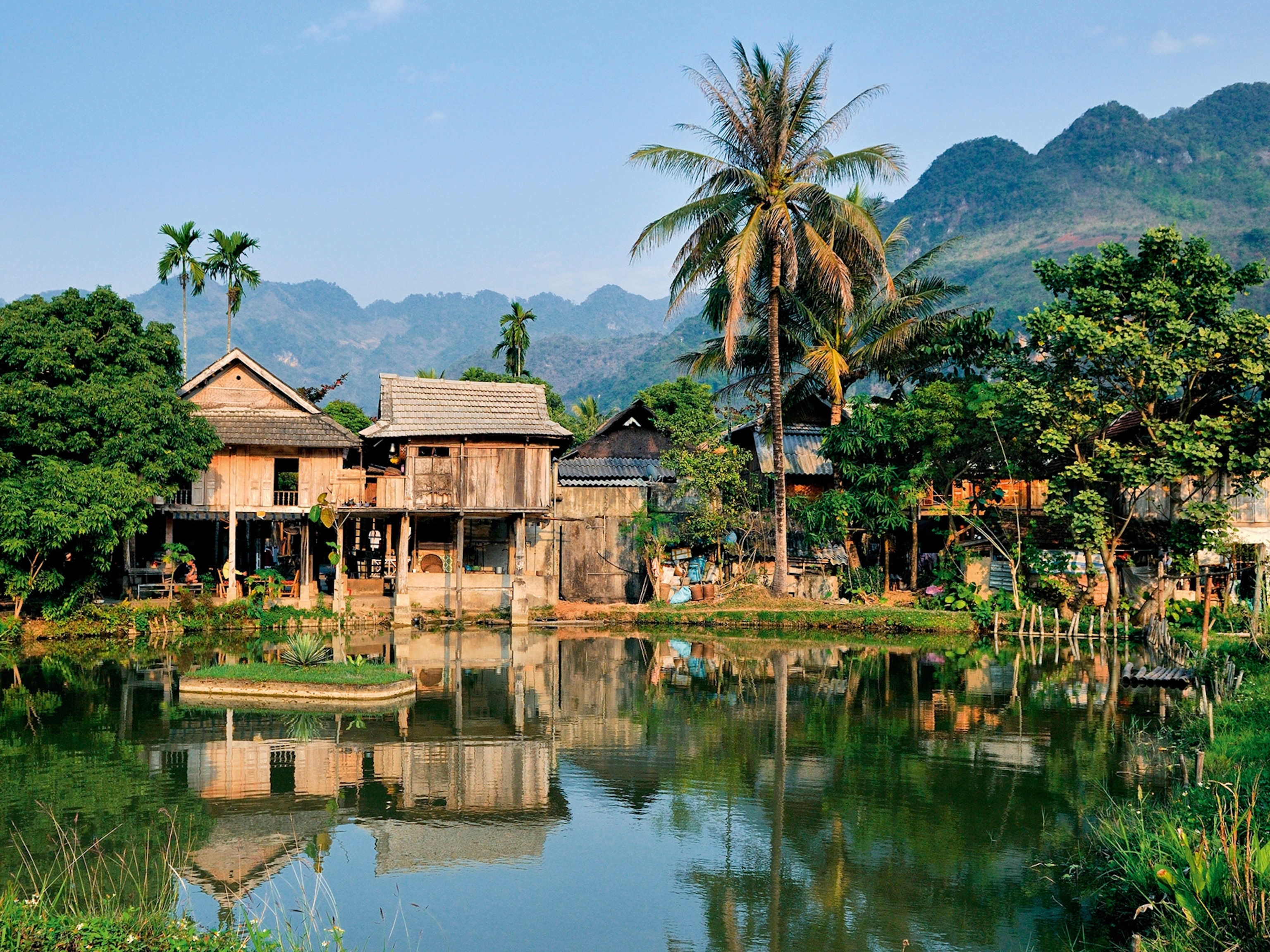Tour an Abandoned Village in the Hills of Southern Italy
The ghost town of Roghudi Vecchio, in the hilly Calabria region, was once home to one of Italy's last Greek-speaking communities.
In a way, they are Greek ruins.
But you won't find a temple to Apollo, or urns painted with striding athletes in the abandoned hillside village of Roghudi Vecchio.
The artifacts here include a pizza oven and Coke bottles.
Nonetheless, this town in Italy’s Aspromonte mountains was founded in the eleventh century. And the roots of its former residents may extend to ancient times.
This region, Calabria, is the toe at the tip of Italy's boot. And when the Greeks started colonizing the area in the eighth century BC, Calabria was a toehold. They knew Calabria by a different name: Italoi, a name that in time extended to all of Italy. (Visit a remote spa town on a volcanic Italian island.)
Over the centuries, southern Italy may again have received waves of Hellenic immigrants, displaced from the eastern Mediterranean. Newcomers either revived a flagging Greek-speaking minority, or reintroduced a language that had died out locally. (Explore a richly decorated villa from the late Roman Empire.)
Incredibly, even today there are a few thousand Greek speakers in Calabria.
One village where you might hear the local dialect of Greko, or Italian Greek, is Roghudi Nuovo—New Roghudi—part of a cluster of Ionian seacoast towns on the outskirts of the city of Reggio.
Today’s Roghudi was founded by people from Old Roghudi—Roghudi Vecchio. The contrast between the two is clear: one is inhabited; the other is a ghost town.
Only 11 miles separate the villages, but it's quite an adventure, on rough roads that twist through lonely, rugged terrain in Aspromonte National Park. (Plan a road trip along Italy’s scenic Amalfi Coast.) Thought to be a base of operations for Calabria's powerful criminal organization, the 'Ndrangheta (from the Greek andragathía, meaning "manliness"), that association may have limited development of these mountains as a tourist destination.
- National Geographic Expeditions
Like much of the Mezzogiornio, a term for southern Italy, Calabria has trailed behind the country's north economically, leading to persistent emigration. Roghudi Vecchio’s collapse is an extreme case, but other communities have seen populations fall as well.
Over-harvesting of timber on some of the Aspromonte's slopes has led to erosion, made worse by Calabria’s annual climatic cycle. Punctuating the very dry summers are occasional hard winter rainstorms, which can cause fierce flooding. In the early 1970s, a devastating flood left Roghudi Vecchio uninhabitable. Almost all the residents left the village, leaving behind a shell of a community that had endured a thousand years.
Calabria, where the European mainland extends far into the Mediterranean, remains a major point of entry for migrants, and receiving tourists has become one of its key industries.
Explore more: Spending Time in Italy’s Forgotten Towns



